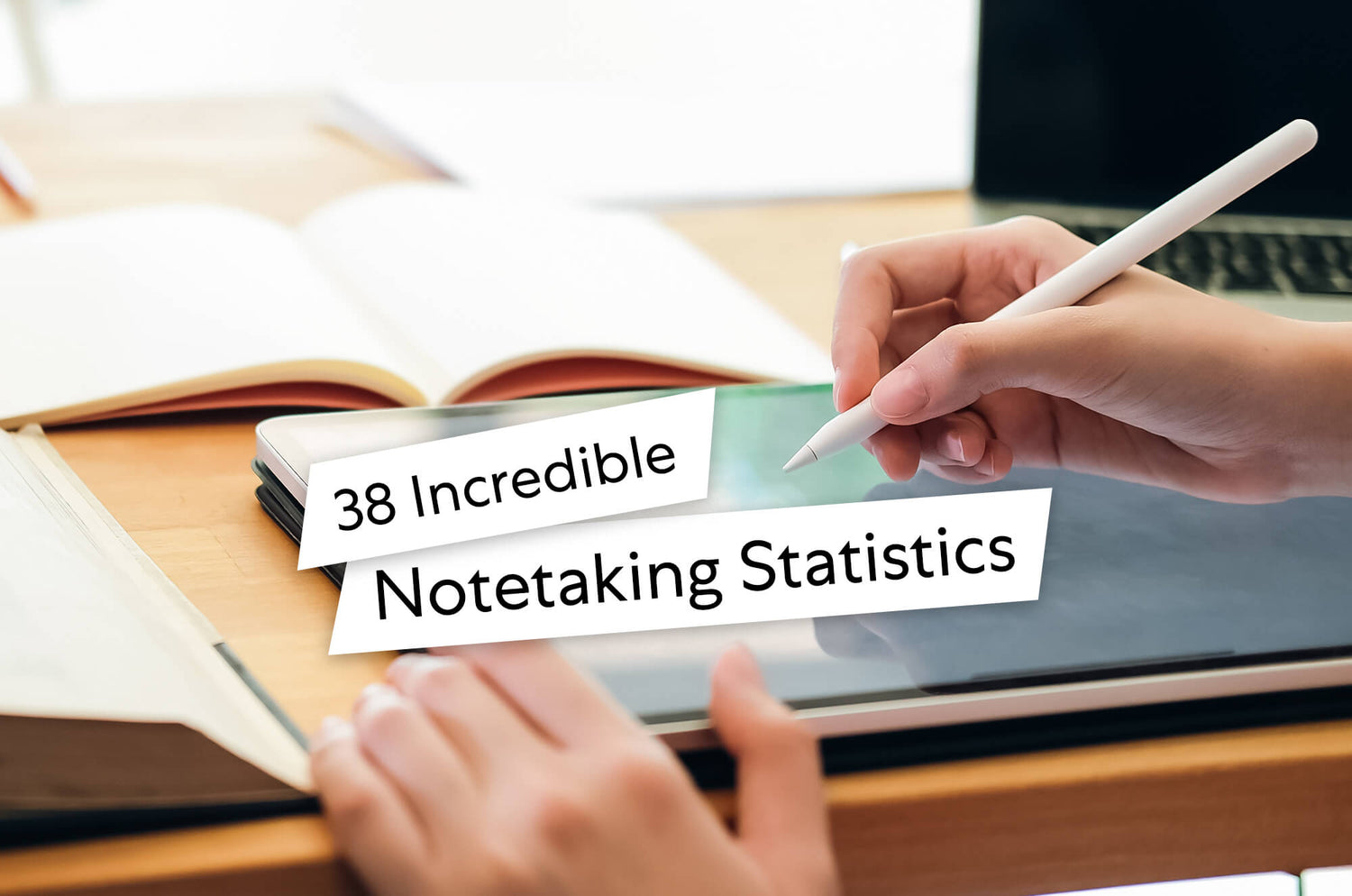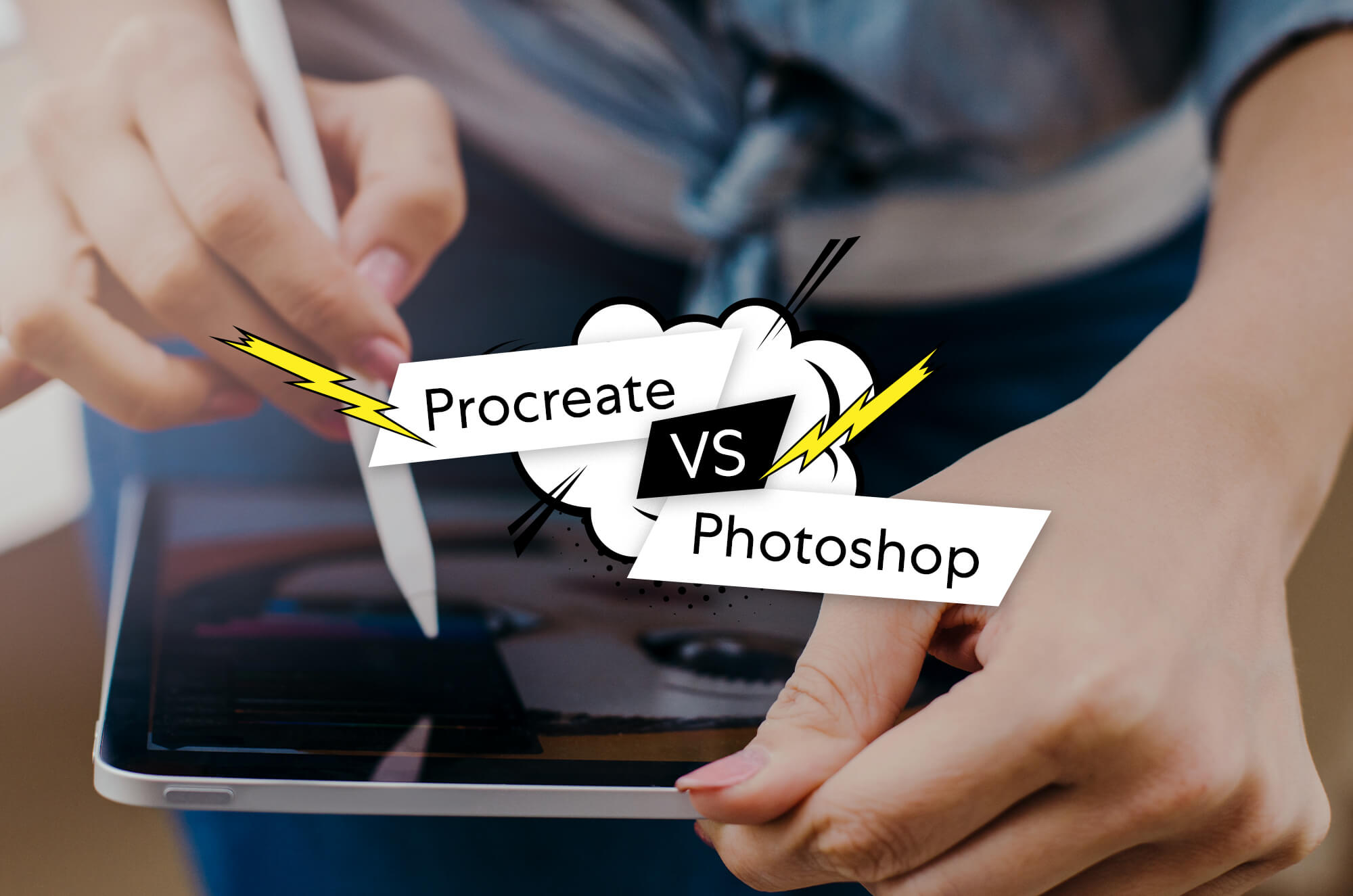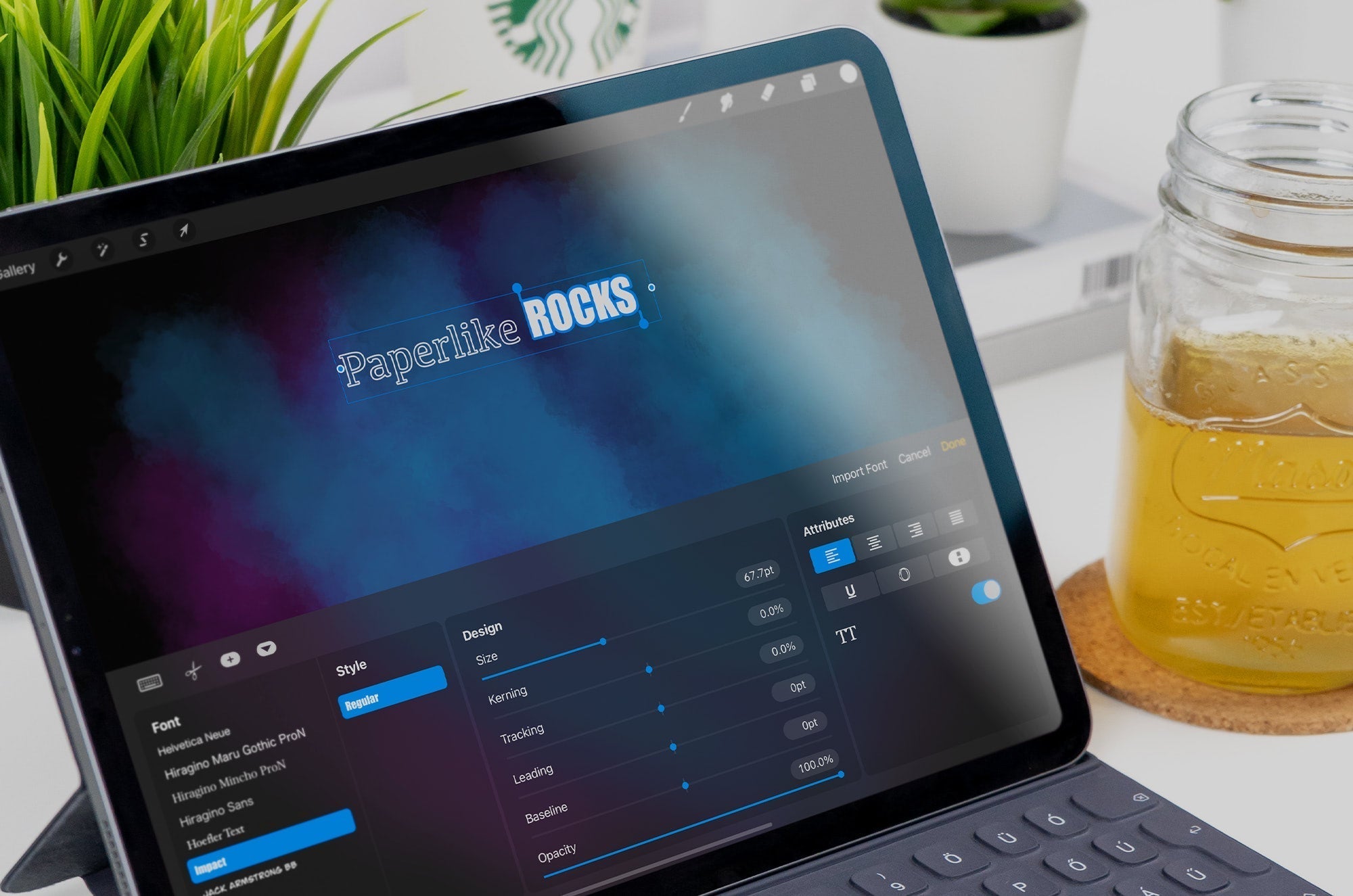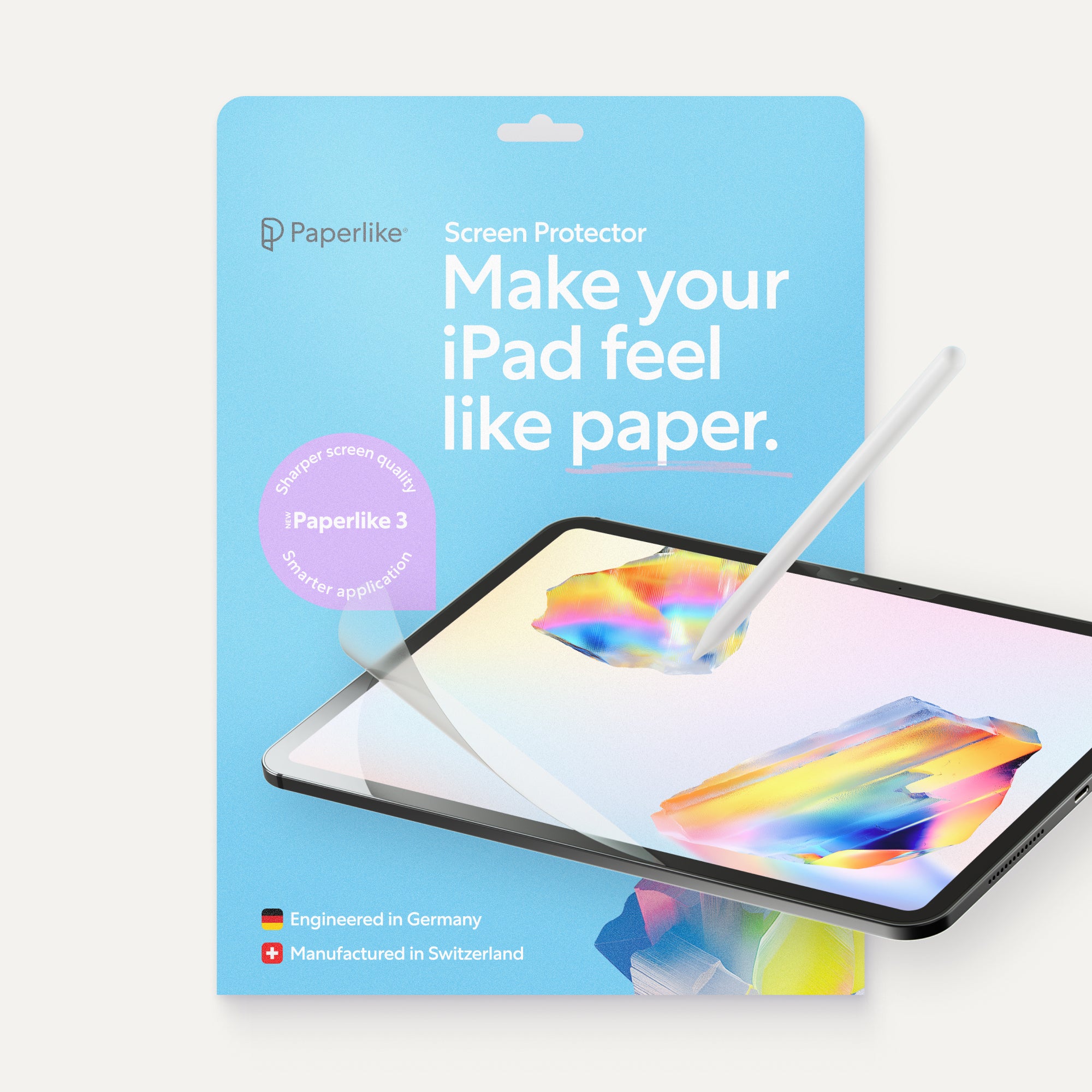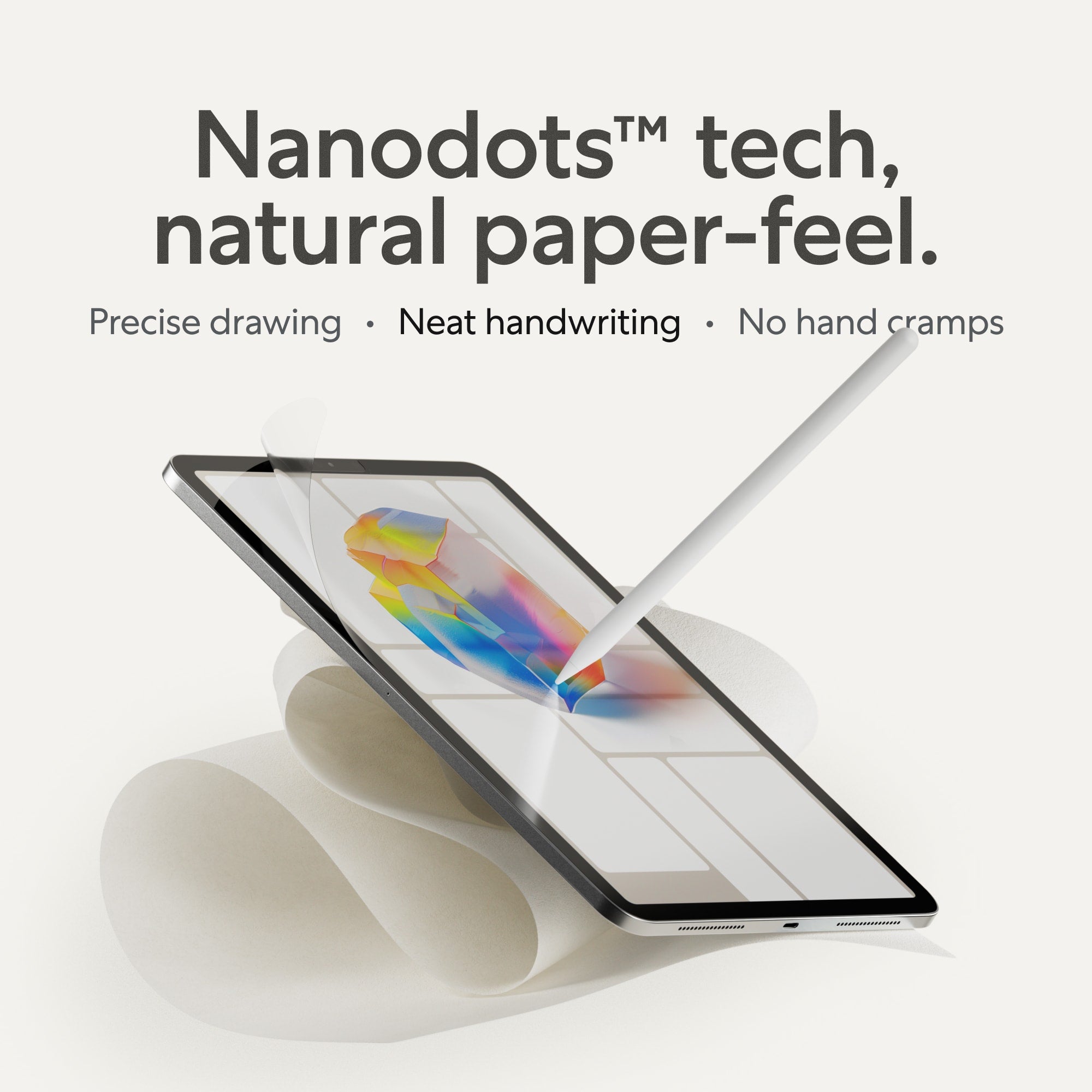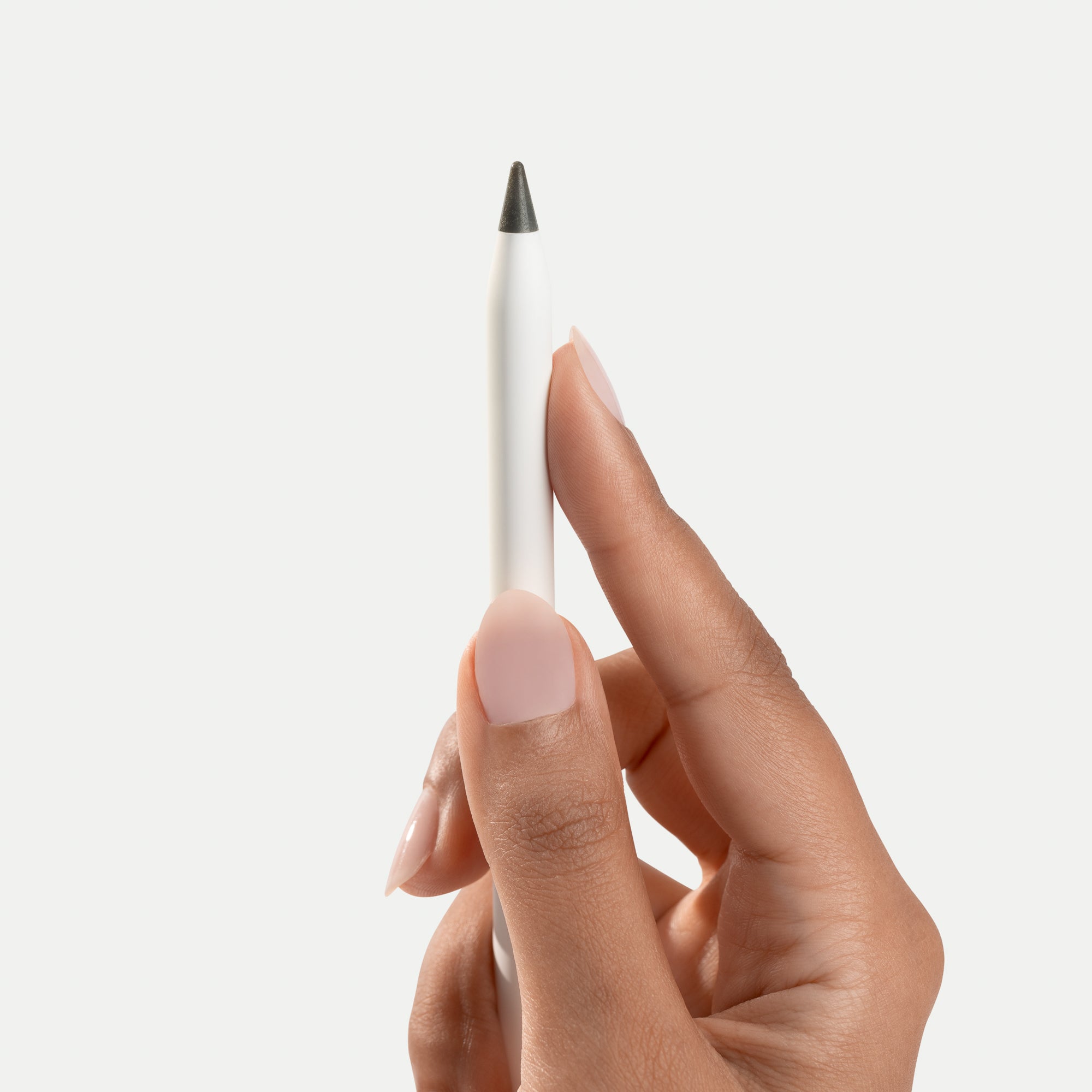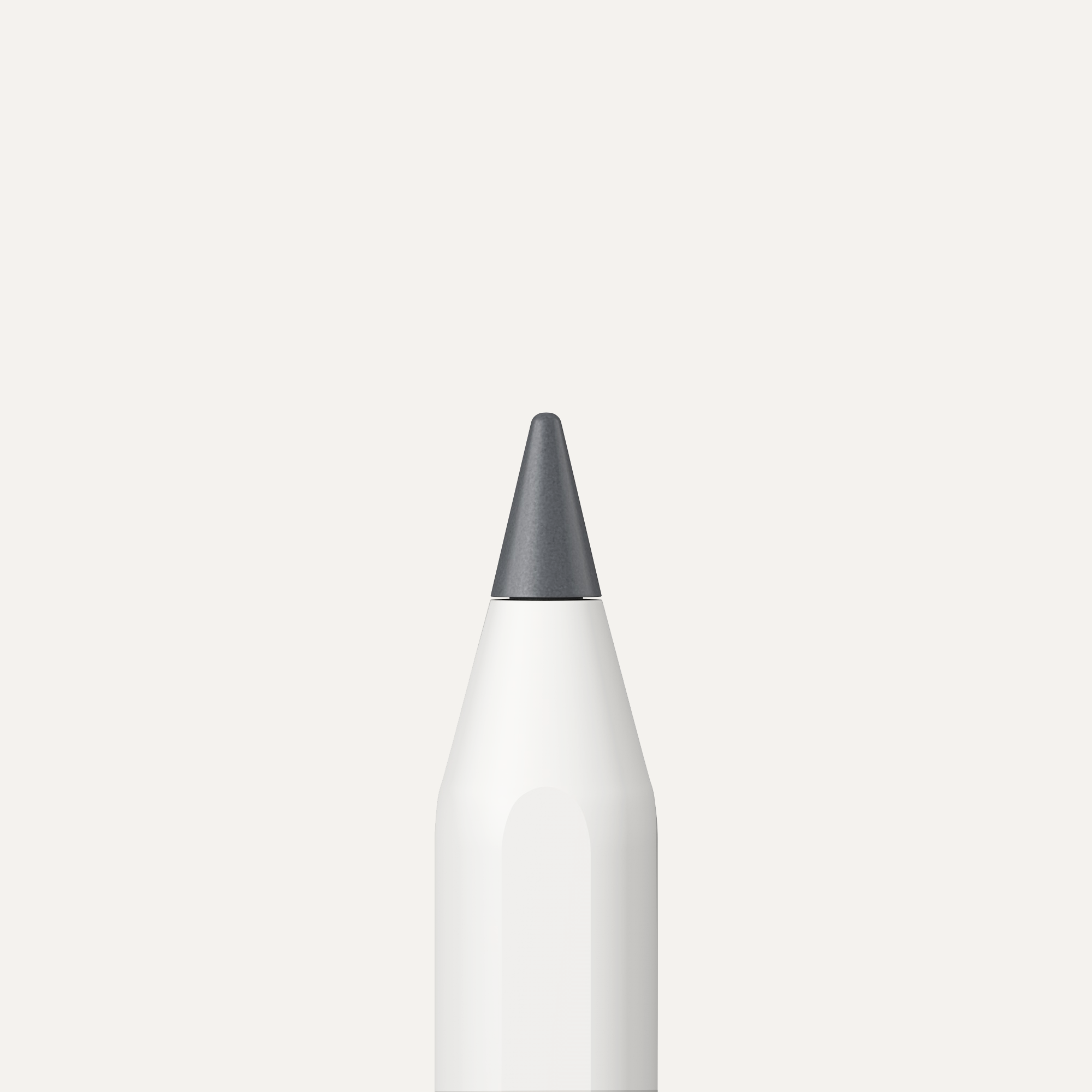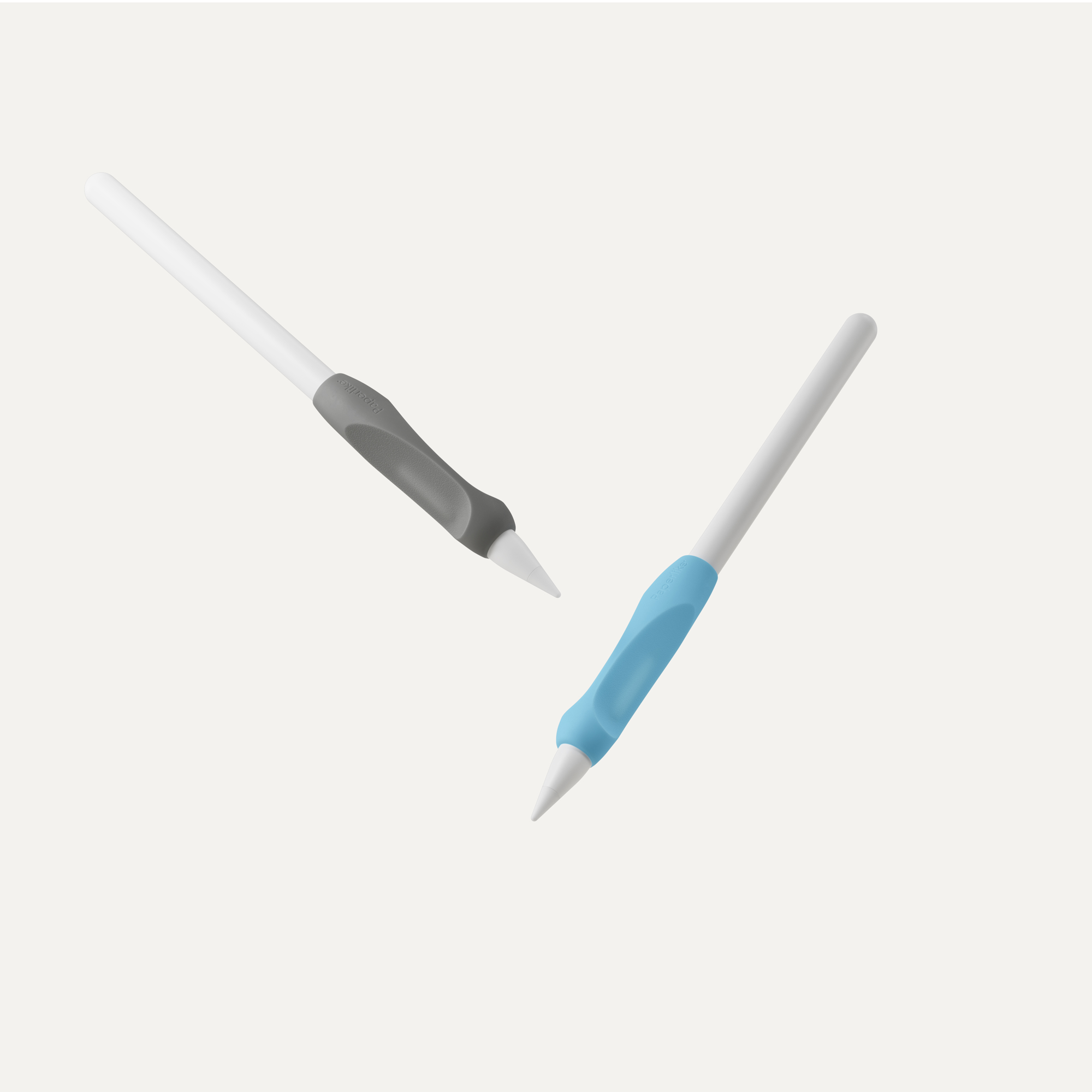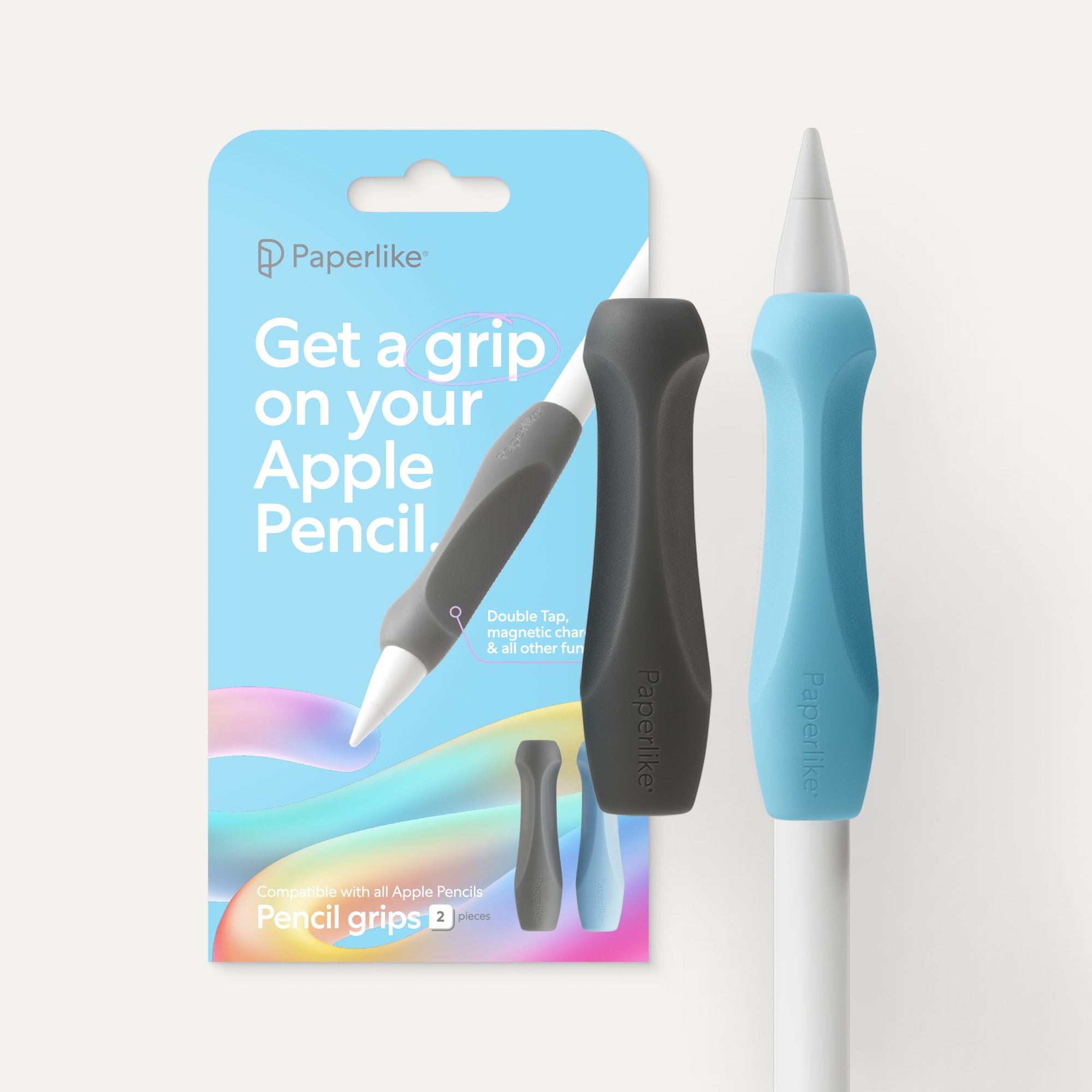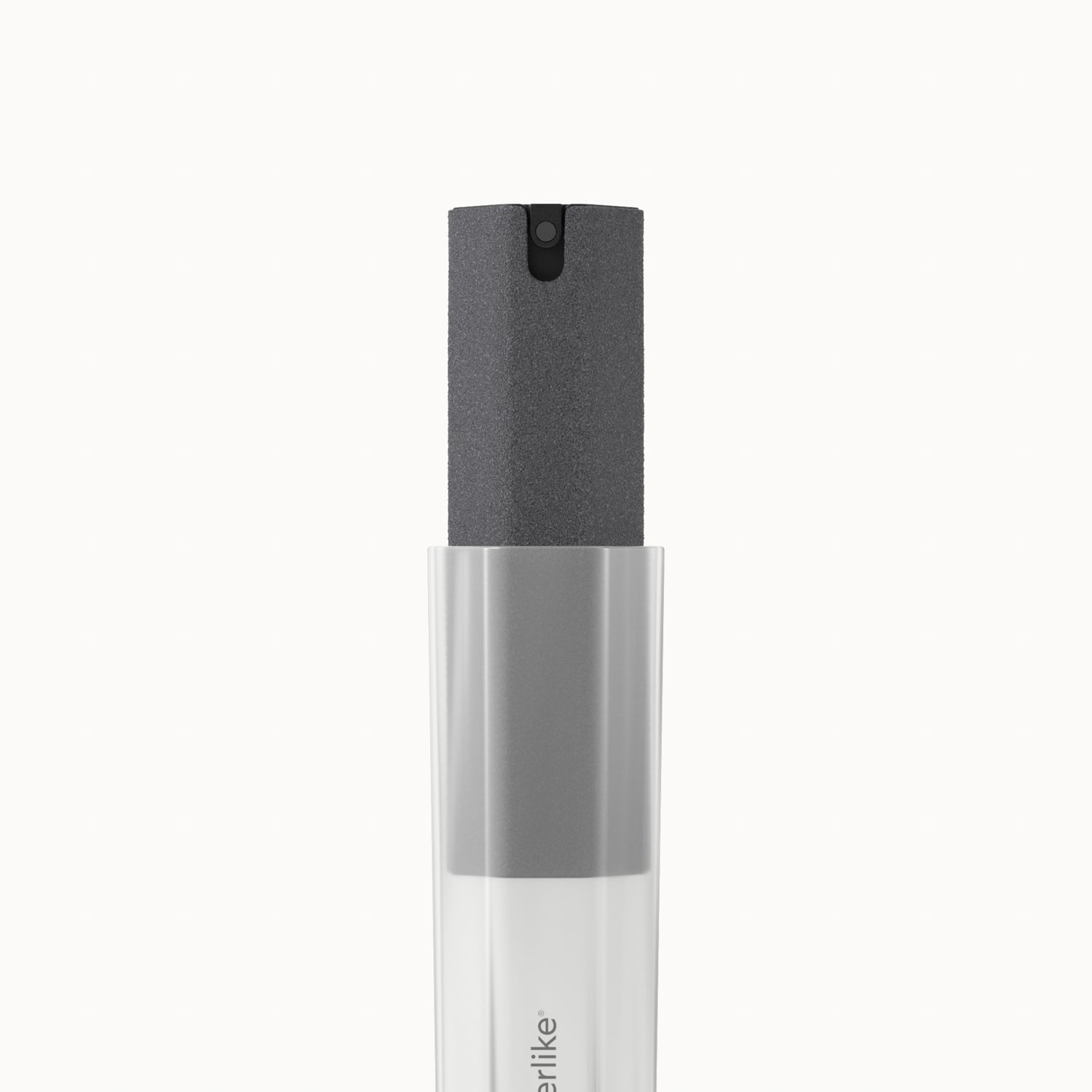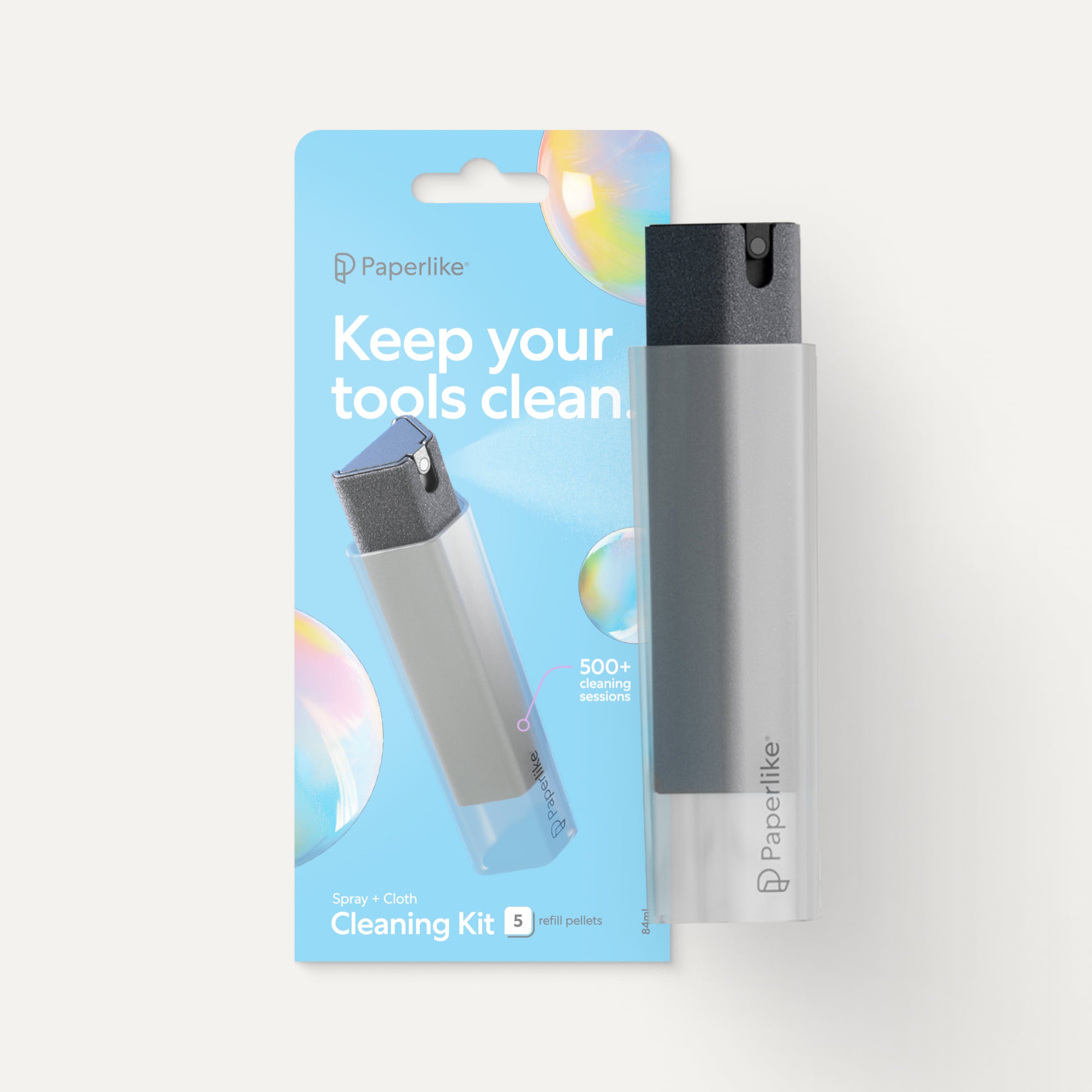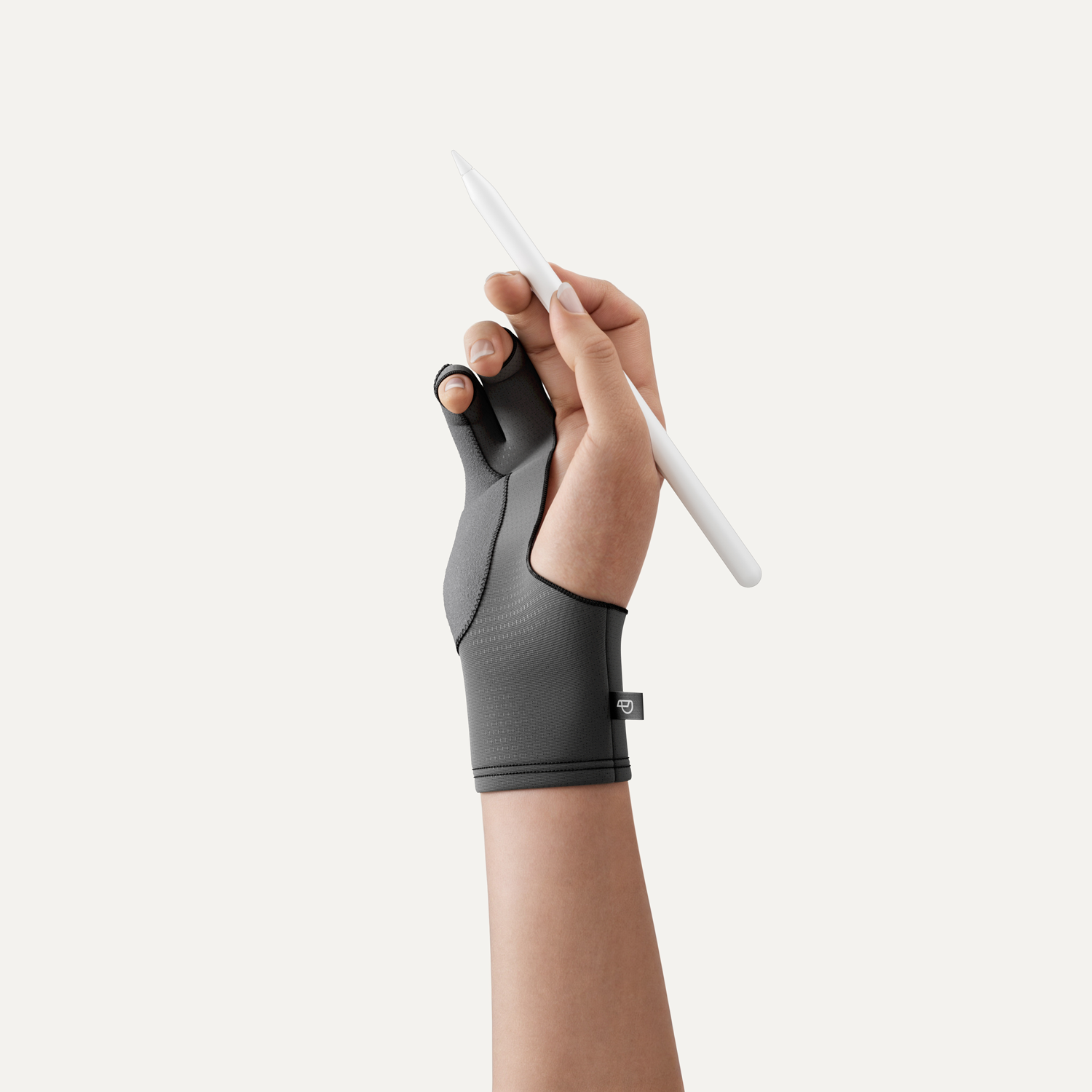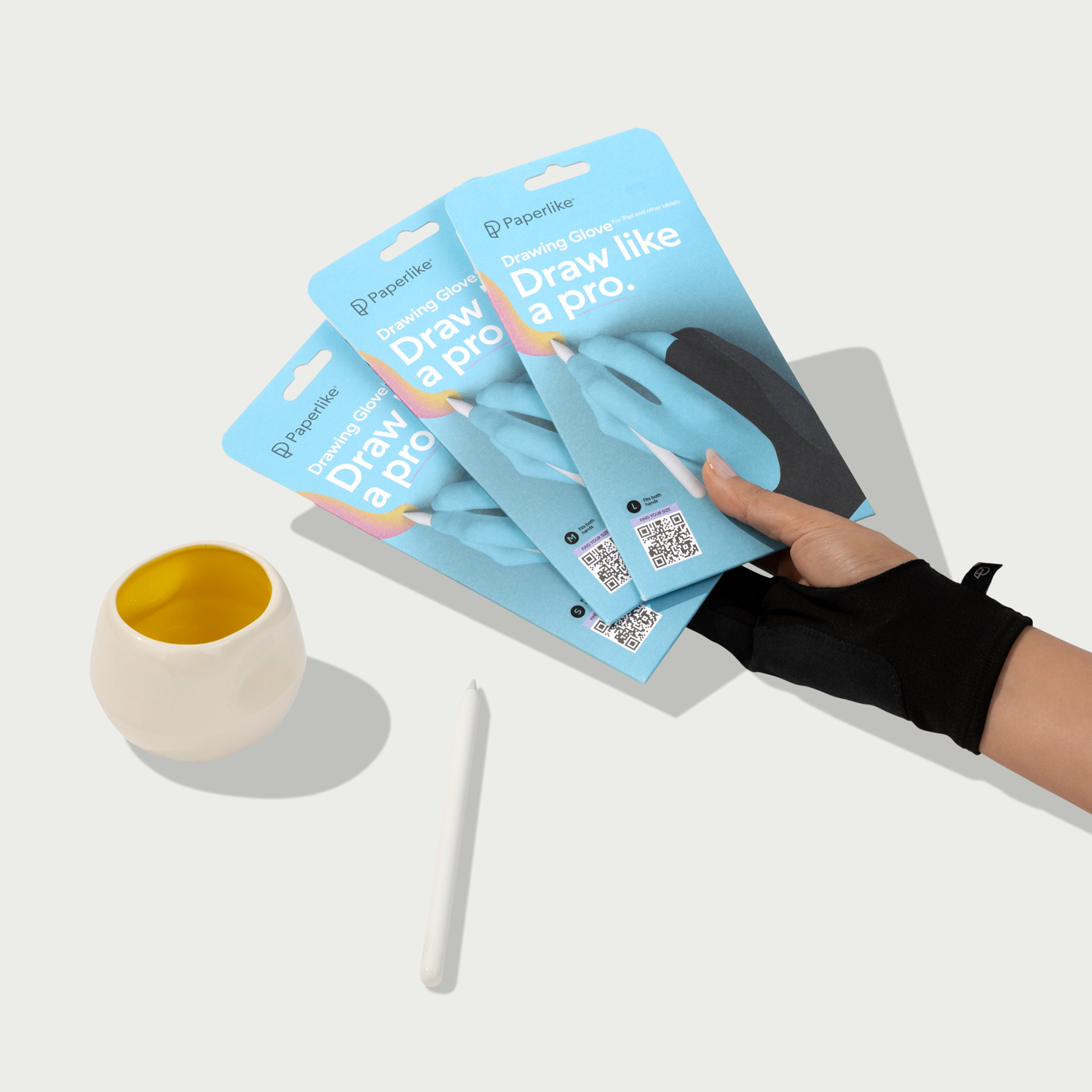Notetaking has seen widespread use from classrooms to boardrooms as a means to boost learning and retention when dealing with large quantities of information.
But just how essential are effective notetaking skills?
And with digital technology making its way into the classroom, are new forms of notetaking any better than old fashioned pen-and-paper notes?
We wanted to find out, so we did some research. As it turns out, the effects of notetaking on learning are very well documented.
Here are 38 incredible notetaking statistics and facts that we found.
#toc#

Digital tools are changing the way we take notes.
1. Over 50% of students report bringing their laptops to class at least once per week. (Source)
2. Reading and writing competencies are changing with the use of digital technologies, though students still use paper and pen to communicate their feelings. (Source)
3. Students are flexible with notetaking styles. While some use a notebook or a laptop in class, others choose not to take notes at all during online courses. (Source)
4. When in-class handouts are completed by hand using tablet computers, students are more engaged and come away with a greater understanding of the course work. (Source)
5. Efficient digital notetaking practices are pivotal to students in becoming mobile learners. (Source)
6. Digital distraction is a greater threat to learning than the notetaking method that notetakers use, according to instructional science. (Source)

Notetaking on laptops can create distractions that become major obstacles to learning.
7. Students taking notes on digital tablets are much less likely to be distracted compared to those using a laptop. (Source)
8. Digital distraction was found to be disruptive to the quality and quantity of laptop users’ lecture notes relative to longhand notetakers. (Source)
9. Due to digital distractions, students using laptops often capture incomplete notes, making it harder to recall lecture content. (Source)
10. About 42% of the time, students multitask and have non course-related software applications open and active on their laptops. (Source)
11. While 70% of students agree that laptops are important to academic success, half of all students reported being distracted by other student’s use of laptops. (Source)
12. In one study, students with open laptops remembered less lecture content than those who kept their laptops closed. (Source)
13. Students who used laptops in class spent more time multitasking, resulting in significant distractions to both the user and fellow students. (Source)
14. Laptop use interfered with students’ abilities to pay attention to and understand the lecture material, which resulted in lower test scores. (Source)

Notetaking results in greater academic success.
15. Notetaking is directly related to academic achievement, and the ability to process information is directly related to notetaking behaviors. (Source)
16. Notetaking results in about 13% higher test achievement than not taking notes, especially when combined with cued lecturing. (Source)
17. Notetaking is significantly better than essay writing or no writing for recall of facts. (Source)
18. Notetaking and review are positively related to academic achievement, but many students record too few notes to benefit fully from these activities. (Source)
19. Students who had access to their written notes during testing performed the best and had a better recall ability. (Source)

Visual notetaking improves memory and thinking.
20. While taking notes, students processed and personalized the digital learning materials by making comments, underlining, marking images and drawing. The visual nature of their learning materials stimulated learning. (Source)
21. Deeper thinking and creative expression are reported when students tried visual notetaking. (Source)
22. The Dual Coding Theory, where images and words are used together to support the learner with greater recall, proves that visual notetaking is a positive learning strategy. (Source)
23. In one study, college students said that visual notetaking was a better learning strategy compared to traditional notetaking without visuals. (Source)

Student test performance improves when teachers instruct them how to take good notes.
24. Iranian EFL learners who received training on how to take notes performed better on comprehension and recall than those who didn’t. (Source)
25. Teaching elementary students a notetaking strategy significantly improves their performance in notetaking and reading comprehension. (Source)
26. Students who review detailed lecture notes provided by the instructor score higher on exams than those who review their own notes, and students who review both sets of notes perform best. (Source)
27. Without teacher intervention, students take notes that are incomplete and inadequate for reviewing the lecture material. (Source)

Students achieve higher academic performance when using structured or outlined notes.
28. Guided notes can counteract poor student notetaking and improve the quality of notes when implemented. (Source)
29. Notetaking accuracy and student test scores are improved when using guided notes. (Source)
30. Students who collect notes in an outline collect a more complete set of notes when compared to conventional notetakers. (Source)
31. Student notetaking on an outline increased test performance beyond other note formats. (Source)
32. A "flexible" outline framework produces more note taking than a "collapsed" matrix framework, which presents fewer subtopics to guide notetaking. (Source)
33. Without guidance, students recorded lecture notes using a variety of outlines or matrix frameworks. (Source)
34. In a high school Family and Consumer Sciences class, there was no difference in performance between student-choice notetaking and the Cornell notetaking method. (Source)
35. Students who have good structure and write both the main and supporting ideas of a lecture have the best quality of notes. (Source)
36. Middle school students with disabilities recalled information quicker when strategically notetaking versus students who used conventional notetaking. (Source)
37. Individuals who have poor working memory can still take effective notes if they use a notetaking strategy. (Source)
38. Individuals who took organized notes during lectures recalled more on tests. (Source)

Summarizing the main points
With this data, it’s obvious that notetaking is essential for individuals looking to capture and consume large quantities of information.
From our research, writing things down using your own words and abbreviations help with encoding knowledge in your brain in real time. Plus, this approach encourages active learning and yields better notes.
Longhand notetaking methods — whether using old-fashioned notebooks or digital tablets — appear to beat laptop notetaking techniques due to the tendency for laptops to cause distraction or encourage less-effective forms of notetaking.
All of this runs counter to the notion that laptops and verbatim transcription methods are more effective when it comes to notetaking.
But that doesn’t mean that electronic notes are completely off the table in higher education and student learning environments!
Psychological science seems to support that students learning with digital tablets and styluses get the best of both worlds because they still engage in longhand notetaking while still having a variety of digital tools at their disposal.
However, your mileage may vary. Individual differences can greatly affect personal outcomes, so it’s important to take an approach that best suits your learning style.

The best notetaking system
In our view, pen-and-paper notetaking is a great starting point, but it leaves all the benefits of digital technology on the table.
That’s why we feel strongly that using a digital tablet and stylus combination like an iPad and Apple Pencil are key to ideal performance in modern learning environments.
If you’re looking for the best way to learn, Paperlike can help. Our screen protector improves notetaking on your iPad by adding friction and improving stroke resistance to your writing surface.
With Paperlike, writing on the iPad feels just like taking notes on a piece of paper.
Pick up a Paperlike today and see immediate improvements on your next set of digital notes.


